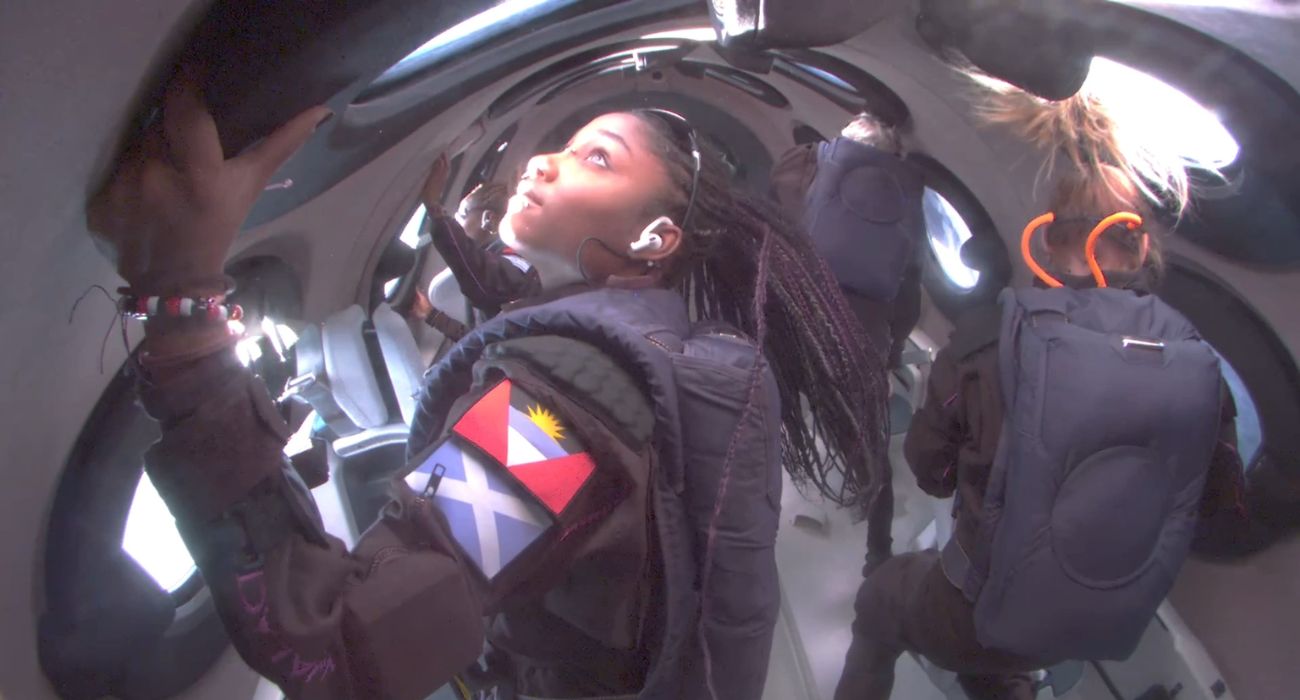NASA has partnered with the European Space Agency (ESA) to operate the Euclid spacecraft.
Scientists hope to use this new craft, which carries a wide-angle space telescope, to understand the expansion of the universe and “dark energy.”
Scientists believe that dark energy is fueling the continued expansion of the universe. They theorize that this mysterious energy composes about 68% of the universe, while 27% is made of dark matter.
All remaining “normal matter,” such as what comprises the earth, is theorized to compose less than 5% of the overall universe. While dark matter does not interact with light, scientists can detect its presence by measuring gravity instead.
The Euclid spacecraft was launched from Cape Canaveral Space Force Station on July 1.
“The Euclid mission could help scientists determine whether our current understanding of gravity needs to be rewritten or if an entirely new mechanism is needed to explain the universe’s accelerating expansion,” said NASA in a news release.
The spacecraft will conduct its mission by mapping a third of the sky, measuring the locations of galaxies and the distance between them. Scientists aim to use this method to measure the influence of both dark matter and dark energy.
The craft is expected to begin gathering data in three months.
“We are thrilled about the successful launch of ESA’s Euclid mission and are eager to see the science it returns,” said Nicola Fox, associate administrator for NASA’s Science Mission Directorate in Washington, according to the news release.
“By studying the ‘dark side’ of our universe, Euclid is not only paving the way for NASA’s Roman Space Telescope, it is igniting a new golden age of survey astronomy that will help us understand our universe’s history and structure in ways that were not possible before.”
In a complementary mission, the Nancy Grace Roman Space Telescope will also study dark energy and survey nearby galaxies and planets. The mission is expected to launch in May 2027.






